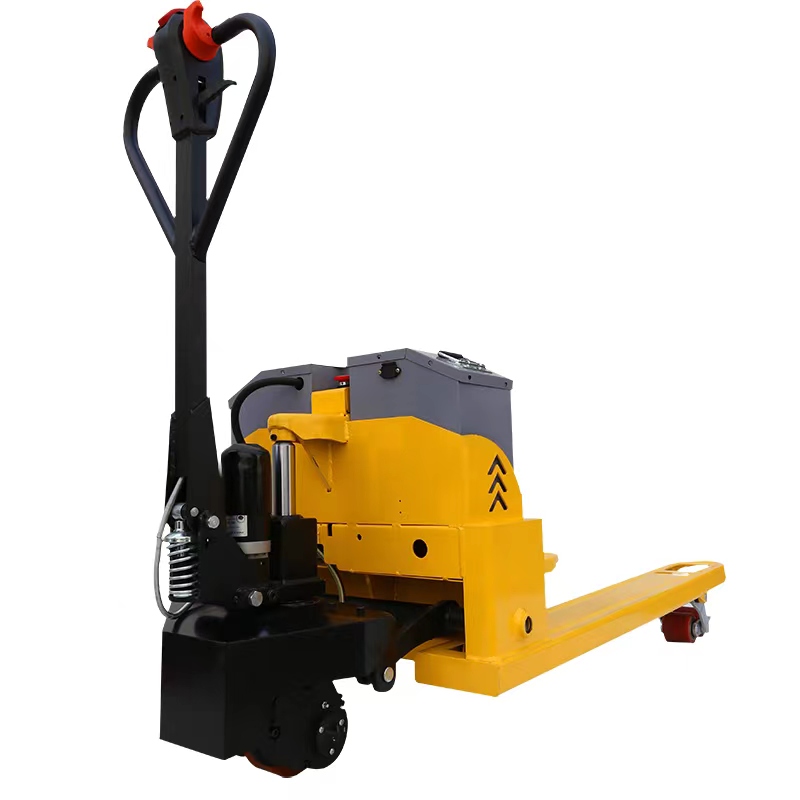


Fall Arrest Systems Ensuring Safety in High-Altitude Work
In various industries such as construction, maintenance, and shipbuilding, employees often work at heights that pose significant risks of falls. To mitigate these dangers, organizations implement fall arrest systems. These systems are designed to prevent workers from falling to the ground, significantly reducing the risk of injury or fatality. Understanding the components, types, and proper use of fall arrest systems is essential for ensuring worker safety in high-altitude environments.
Components of Fall Arrest Systems
A fall arrest system typically includes several key components anchors, connectors, and personal protective equipment (PPE).
1. Anchors These are secure points where the fall arrest system is attached. Anchors can be fixed or movable, depending on the work environment. They must be capable of supporting at least 5,000 pounds to ensure they can withstand the forces exerted during a fall.
2. Connectors These are the components that link the harness to the anchor point. Common connectors include snap hooks and carabiners. It’s crucial that these connectors are designed to prevent accidental disengagement while remaining easy to connect and disconnect as necessary.
3. Personal Protective Equipment (PPE) A critical part of a fall arrest system, the harness is worn by the worker. There are various types of harnesses available, each designed for different types of work and the specific fall protection needs of the worker. A well-fitted harness is essential, as improper fit can lead to severe injuries in the event of a fall.
Types of Fall Arrest Systems

There are several types of fall arrest systems, each suited to different applications and environments.
1. Single Point Systems These systems typically involve an anchor point directly above the worker. They are simple and effective for tasks where the worker will be stationary.
2. Suspension Systems Suitable for tasks requiring the worker to be suspended while working, such as window cleaning or maintenance on tall buildings. These systems provide additional freedom of movement while ensuring safety.
3. Retractable Lifelines These are specialized devices that automatically retract as the worker moves, allowing for a greater range of motion while still providing fall protection. They engage quickly in the event of a fall, reducing the distance fallen.
The Importance of Training and Compliance
Training is a critical element in the effective use of fall arrest systems. Workers must be educated on how to properly use the equipment, understand the importance of routine inspections, and learn the correct procedures for attaching and detaching their harnesses. Moreover, employers must ensure compliance with safety regulations set forth by organizations such as the Occupational Safety and Health Administration (OSHA). Compliance helps to establish a safety culture and promotes accountability among workers and employers alike.
Conclusion
The implementation of fall arrest systems is vital in protecting workers at heights. By understanding the components and types of systems available, and by prioritizing training and compliance, organizations can significantly reduce the risks associated with working at heights. Safety should always be the top priority, and investing in effective fall protection measures not only safeguards employees’ lives but also enhances workplace productivity and morale. As industries continue to evolve, so too will the technologies and strategies behind fall arrest systems, but the core principle remains the same safety first.



